What is House Music?
A brief description of the oldest,but still relevant,electronic music genre.
House Music is the very first electronic music genre. It comes directly from Disco Music and shares some of its characteristics with it. It is a morphing and ever-changing genre, taking influences from here and there, sometimes it’s hard to define what a truly House Music song is, but we are going to try and lay out the key ingredients of a typical House Music song.

A House track pattern
First thing, we are talking about a four on the flour type of beat. 4/4 rhythms where we find elements such as bass drums, off beat hi-hats, snare drums, claps and snaps among others.
The bass drum usually sounds on beats one and three and snares, claps and snaps on beats two and four. Shakers, hi-hats and other rhythm elements are played in syncopation and often in a clave pattern. There is a lot more ways you can find those sounds played individually or altogether, but we are aiming just at giving you a brushstroke of how these sounds usually work in a House Music song.

But, where does this drums sounds come from? Well, from anywhere! In the early days, artists used to get drum sounds from electronic drum machines such as:
- Roland TR-808
- Roland TR-909.
- Oberheim DMX
- EMU Drumulator
Sampling was the other blueprint source for House Music producers.
As technology went forward and music could be produced on relatively cheap Samplers, they started using sampled instruments and singers in their songs; this way they could bring a rich and varied sound palette to their tracks in an, otherwise, unthinkable way.
Going forward with the main elements of a House Music song, we find an important one: the bass line.
Being House a very bass-driven genre, you can understand the importance of it. Deep bass lines either real or synth based, are the key factor to a good beat. The lower pitched instruments play an essential part in the rhythm making and, often, are the foundation of even subgenres like Acid House; whose characteristic sound it’s produced by another Roland (and we’ve named quite a few Roland machines by now, right?) classic machine. As you may know, we are talking about the Roland TB-303.
As we stated earlier on this article, House Music owes part of its DNA to disco music. This is important because it explains how house music builds its harmonic structure on melodies, riffs and hooks as opposed to genres like Techno or Electro, based more on repetitive synthetic sounds.

Electronic generated sounds as well as samples from genres like Funk, Electro, Soul, Jazz, Pop or Gospel are common elements to House Music productions. At that moment in time, affordable and user-friendly machines were hitting the market and House Music Producers started to take advantage of using them. Emu SP-12/1200 -used extensively by Todd Terry, Moodyman, Daft Punk, etc…- and Akai S/MPC series are two of the machines that made this very significant revolution in dance music possible.
A typical House Music track includes melodies, strings, vocals, pads and synths riffs chopped up, rearranged and composed entirely on these machines making the need of hiring a band or singer a secondary issue.
As with many important facts in history, it is not clear where the House Music comes from.
In the early days Dj’s played a range of dance music including Disco tracks, Electro Funk, Italo disco and electronic Pop. Some of them were making their own edits on tape, adding in some cases effects, drum machines and synths. The first tracks stated as House tracks already had the mechanic hypnotic feeling given by drum machines and synthesizers.
There`s a huge amount of artists and Djs that contributed to develop House Music sound as we know it today; Larry Levan, Frankie «Godfather» Knuckles, Farley «Jackmaster» Funk, Mr Fingers, Jesse Saunders, Ron Hardy, Steve «Silk» Hurley, etc… but we are running out of pages and I’d rather take my time and come back with an article talking in depth about them and their (witch?)craft on decks.







